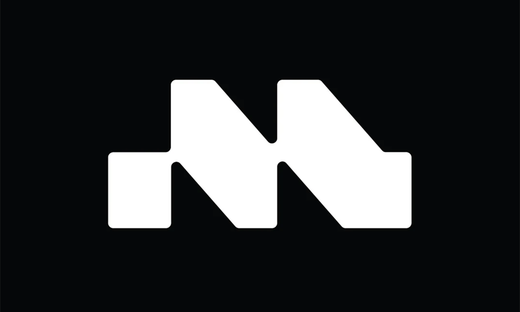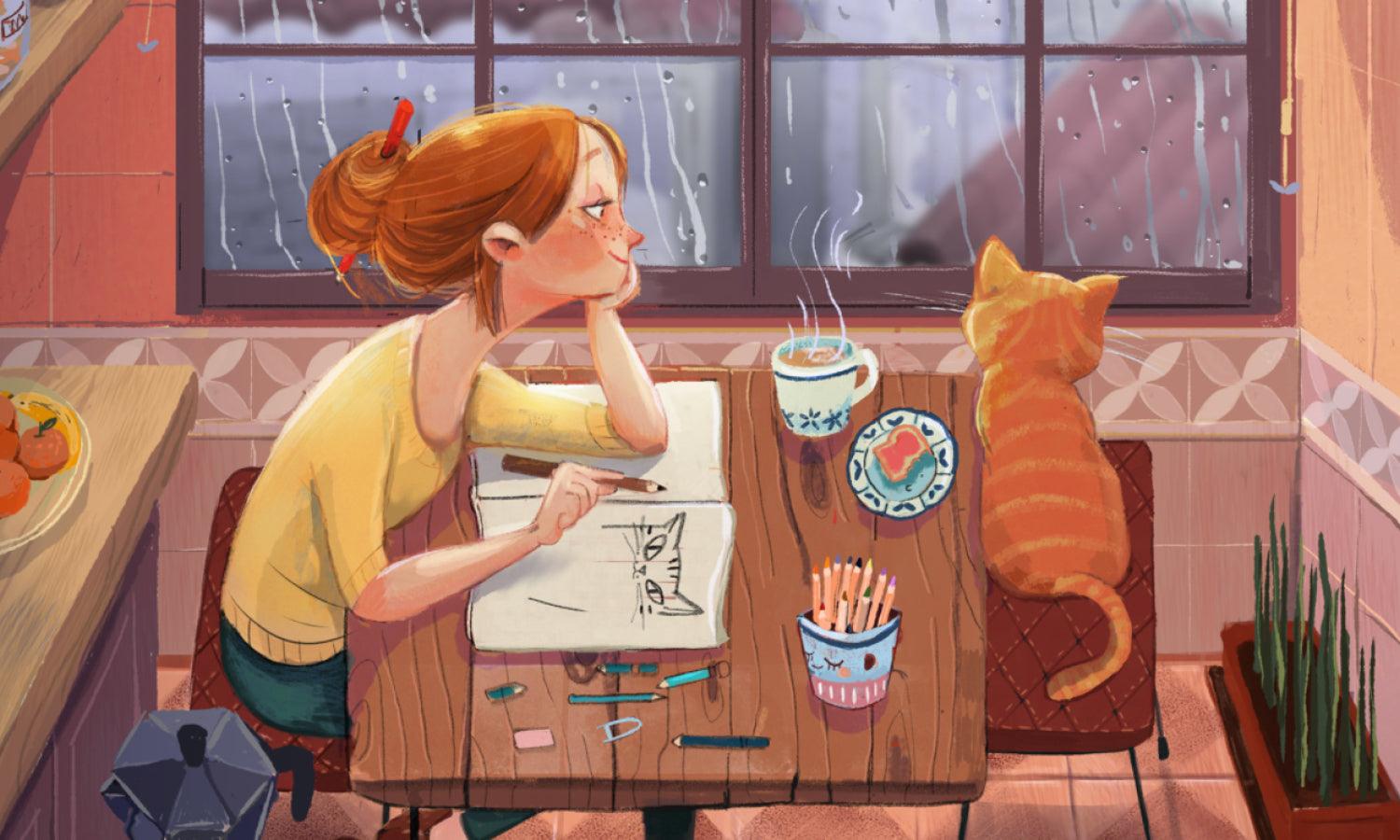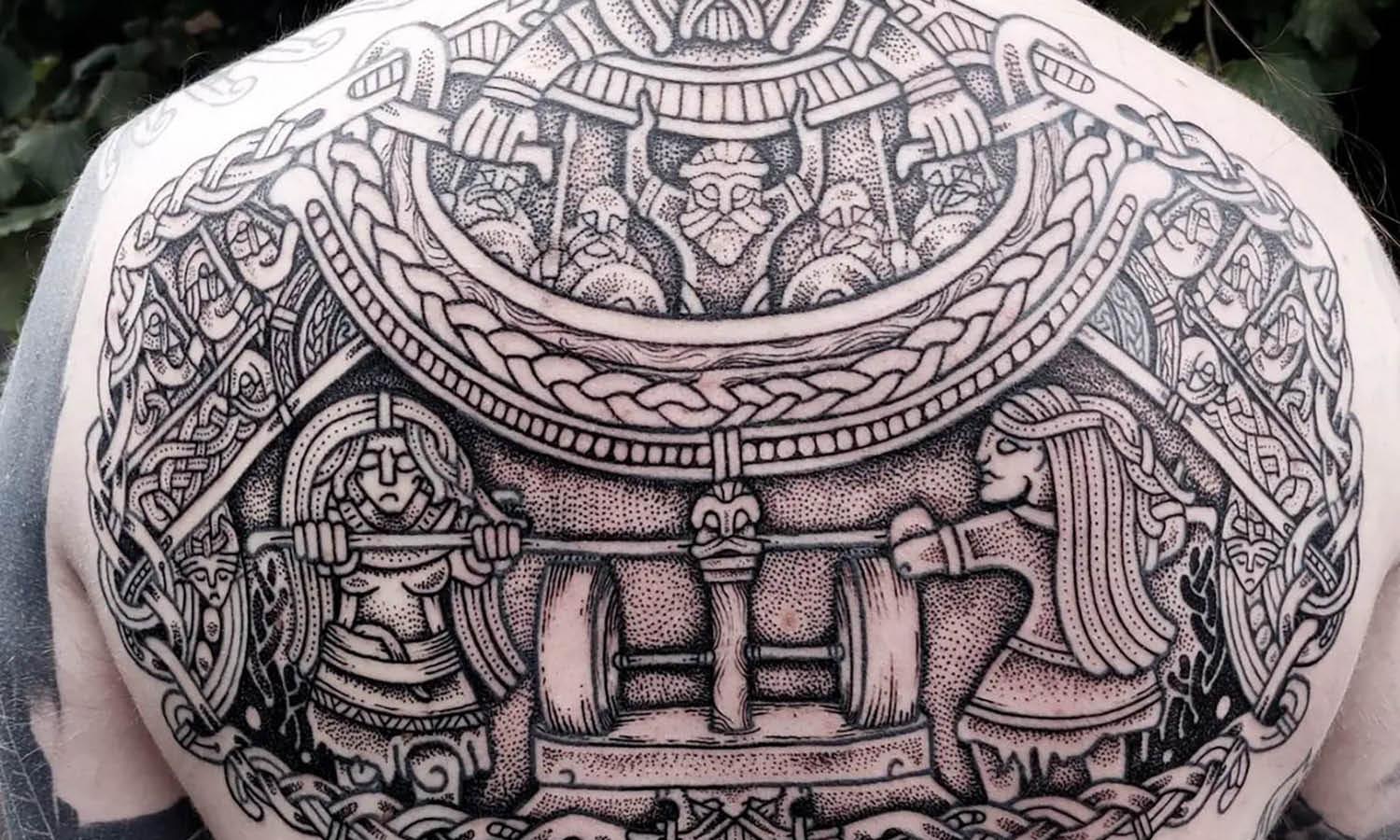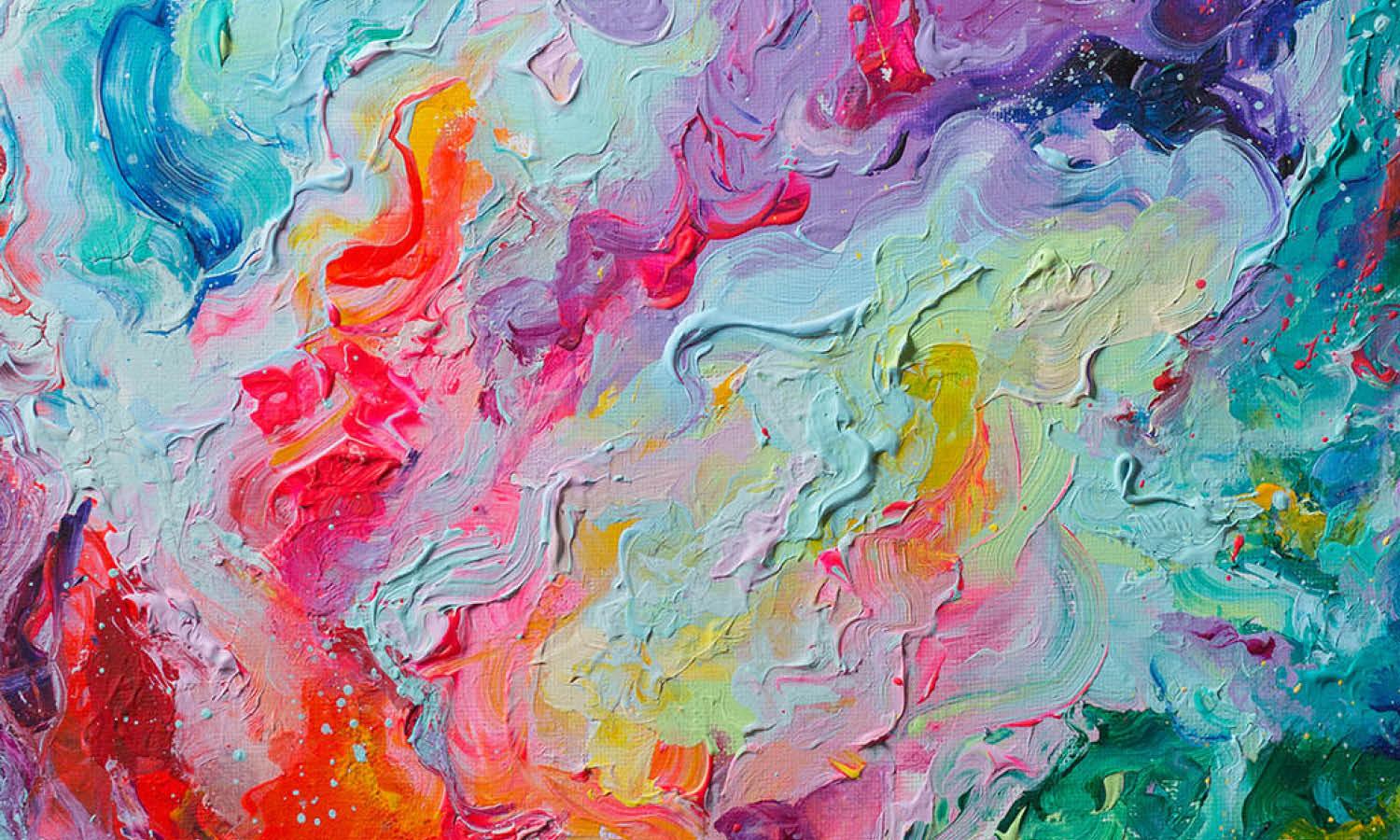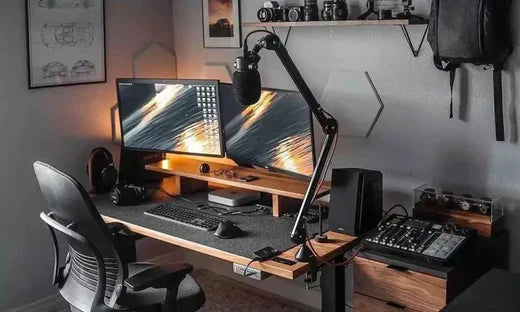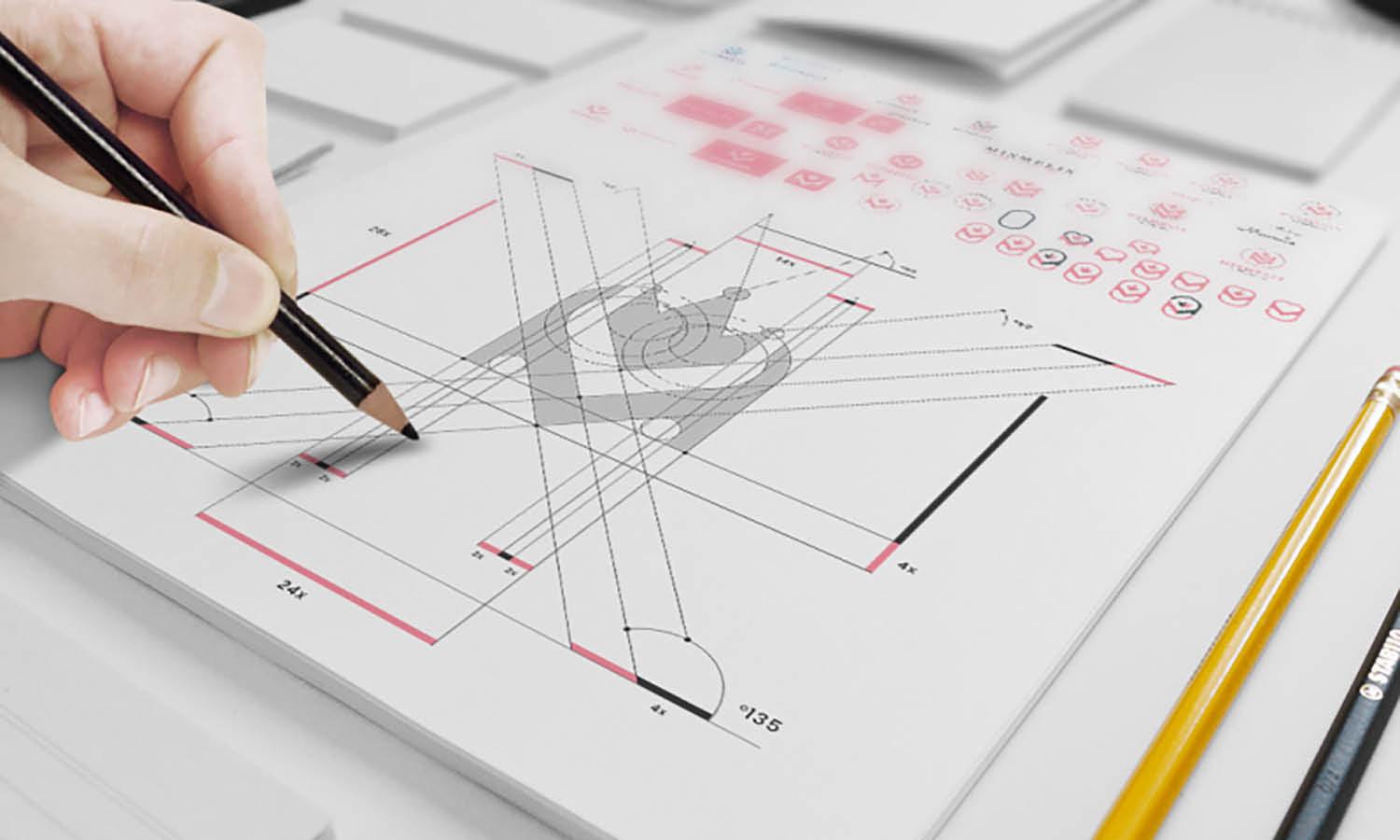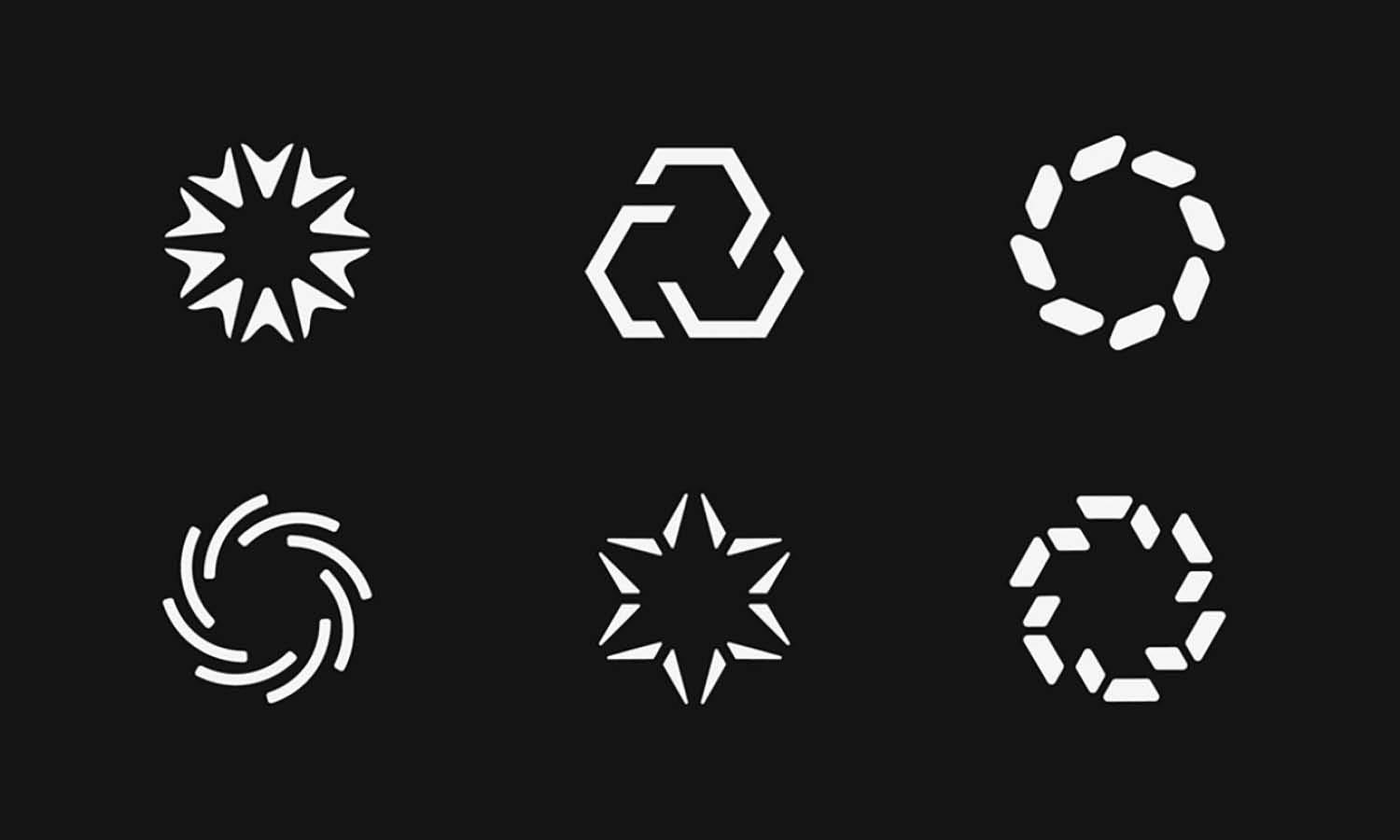2D Game Art Services: Unlocking the Potential for Unique Game Worlds

The gaming industry continues to expand at an incredible pace, with millions of players seeking fresh experiences and captivating visual stories. While 3D graphics often grab headlines, 2D artwork remains the backbone of countless successful games, from indie darlings to major studio releases. The secret behind these memorable gaming experiences lies in professional 2D art services that transform creative concepts into stunning visual realities.
Modern game development demands more than just functional gameplay mechanics. Players expect immersive worlds that draw them in from the first moment they launch a game. This expectation has created a growing need for specialized 2D game art service providers who understand both artistic excellence and technical requirements. Whether you're developing a mobile puzzle game, a retro-style platformer, or a complex RPG, the visual foundation determines how players connect with your creation.
The Foundation of Visual Storytelling
Quality 2D game art services serve as the cornerstone of effective visual communication in the gaming industry. Professional artists recognize that every sprite, background, and UI element collectively contributes to the overall player experience. They work within technical constraints while maintaining artistic integrity, ensuring that games perform well across different devices and platforms.
The process begins with concept development, where artists translate abstract game ideas into concrete visual representations. This stage requires deep collaboration between developers and artists to establish the visual direction that supports gameplay mechanics. Professional 2D art and design services bring expertise in color theory, composition, and character design that independent developers might lack.
Creating compelling visual narratives requires mastering several specialized disciplines.
Character Design That Resonates
Characters form the emotional core of most games, serving as the primary connection point between players and the virtual world. Effective character design goes beyond creating appealing visuals and involves several key considerations:
- Visual personality development - Creating designs that communicate character traits through poses, expressions, and styling choices that players can immediately understand
- Universe consistency - Ensuring all characters fit seamlessly within the established game world while maintaining their distinctiveness and appeal
- Long-term memorability - Developing iconic designs that players remember and connect with emotionally long after completing the game
Professional character artists consider factors like silhouette recognition, animation requirements, and cultural sensitivity. They create character sheets that provide consistent reference points for animators, ensuring visual coherence throughout the development process. This attention to detail distinguishes professional work from amateur attempts and significantly contributes to a game's commercial success.
Essential Components of Professional 2D Game Development
These core elements work together to create cohesive and engaging visual experiences.
Environmental Art and World Building
Game environments tell stories without words, guiding players through experiences while establishing mood and atmosphere. Professional environmental artists create backgrounds that support gameplay while maintaining visual interest and aesthetic appeal. They understand how to use perspective, lighting, and architectural elements to create believable spaces that enhance the gaming experience.
Environmental design encompasses multiple layers of complexity, ranging from parallax backgrounds that create depth to interactive foreground elements that impact gameplay. Artists must balance visual appeal with technical performance, ensuring that detailed environments don't compromise frame rates or loading times. This balance requires experience and technical knowledge that comes from working on multiple projects across different platforms. Professional 2D art services specialize in creating these complex environmental systems that enhance gameplay while maintaining optimal performance.
User Interface and Experience Design
User interfaces in games serve dual purposes: they provide necessary information to players while maintaining immersion within the game world. Professional UI artists understand how to create interfaces that feel natural and intuitive, while aligning with the overall artistic style of the game. They consider factors like readability, accessibility, and platform-specific requirements.
Effective UI design involves creating hierarchies of information that guide player attention without overwhelming them. This includes designing icons, buttons, menus, and HUD elements that communicate clearly across different screen sizes and resolutions. Many game developers turn to specialized 2D art services to ensure their interfaces meet both aesthetic and functional requirements. Professional 2D art services include UI specialists who understand both aesthetic principles and usability requirements.
Benefits of Professional 2D Art Services
Working with experienced 2D game art services offers numerous advantages over attempting to handle all artwork internally. Professional artists bring specialized skills, industry experience, and technical knowledge that can significantly improve project outcomes:
- Market expertise - Understanding current gaming trends while applying timeless design principles that prevent games from looking dated within months of release
- Flexible scalability - Providing artwork solutions that match project budgets and timelines, from small indie productions to major studio releases
- Technical proficiency - Delivering assets optimized for multiple platforms with proper file organization and industry-standard workflows
Professional services also provide scalability that matches project needs. Small indie teams can access high-quality artwork without hiring full-time artists, while larger studios can supplement their internal teams during peak production periods. This flexibility allows developers to allocate resources more effectively and focus on their core competencies.
The advantages extend across multiple areas of game development.
Time and Resource Efficiency
Outsourcing artwork to professional 2D art and design services can dramatically reduce development timelines. Experienced artists work more efficiently than inexperienced team members, producing higher quality results in less time. They also understand industry-standard workflows and file formats, reducing integration challenges and technical difficulties.
Professional artists maintain organized asset libraries and adhere to consistent naming conventions, making project management more efficient. They provide assets in multiple formats and resolutions, ensuring compatibility across different platforms and future-proofing projects against changing technical requirements. Established 2D art services have refined these organizational systems through years of client work, making asset integration seamless for development teams.
Quality Assurance and Consistency
Maintaining visual consistency throughout a game requires careful planning and execution. Professional artists create style guides and asset templates that ensure all visual elements work together harmoniously. They understand how different artistic elements interact and can anticipate potential issues before they become problems.
Quality assurance extends beyond individual assets to encompass the entire visual experience. Professional services include review processes that identify errors and inconsistencies early in the development process. This attention to detail prevents costly revisions later in the development cycle and ensures that final products meet professional standards. Leading 2D art services implement comprehensive quality control measures that protect both artistic integrity and project timelines.
Key Elements That Define Exceptional 2D Game Art
Several critical factors separate outstanding artwork from mediocre visual design.
Style Development and Brand Identity
Creating a distinctive visual style requires understanding both artistic principles and market positioning. Professional 2D game art service providers help developers establish unique visual identities that differentiate their games from those of their competitors. This involves analyzing target audiences, studying market trends, and developing original artistic approaches that support marketing objectives.
Style development encompasses creating mood boards, color palettes, and reference materials that inform all subsequent artistic decisions. Professional artists understand how to strike a balance between originality and market appeal, crafting styles that feel fresh without alienating potential audiences. This strategic approach to visual development contributes to both critical acclaim and commercial success.
Technical Implementation and Optimization
Modern game development requires artwork that performs well across multiple platforms and devices. Professional artists understand technical constraints and optimize their work accordingly, focusing on several critical areas:
- Performance optimization - Creating assets at appropriate resolutions using efficient compression techniques that maintain visual quality while minimizing file sizes
- Cross-platform compatibility - Organizing artwork files for seamless integration into different game engines and deployment across various devices
- Memory management - Balancing visual appeal with technical performance to ensure smooth gameplay without compromising frame rates or loading times
Technical optimization involves striking a balance between visual quality and performance requirements. Artists must understand how their work affects memory usage, loading times, and frame rates to optimize their creations. Professional 2D art and design services include technical artists who specialize in these optimization challenges, ensuring that beautiful artwork doesn't compromise gameplay performance.
Animation and Interactive Elements
Static artwork forms the foundation, but animation brings games to life. Professional services include animators who understand how to create smooth, expressive character movements and environmental effects. They work within technical constraints while maximizing visual impact, creating animations that enhance gameplay without compromising performance.
Interactive elements require special consideration in their design and implementation. Artists must understand how players will interact with different elements and design accordingly. This includes creating feedback animations, hover states, and transition effects that make games feel responsive and engaging. Experienced 2D art services understand these interaction design principles and create elements that enhance user engagement without overwhelming the core gameplay experience.
Future-Proofing Your Game's Visual Identity
The gaming industry continues to change, with new platforms, technologies, and player expectations emerging regularly. Professional 2D art services enable developers to create artwork that remains relevant and appealing over time, while organizing work to facilitate future updates and modifications. They create master files and asset libraries that allow for easy scaling, color adjustments, and format conversions as needed.
Investing in professional 2D game art service solutions provides long-term value that extends beyond individual projects. Quality artwork can be repurposed for marketing materials, merchandise, and sequel projects while supporting broader business objectives. Professional 2D art services offer the expertise required to create games that stand out in an increasingly competitive marketplace, enabling developers to focus on gameplay innovation while ensuring a professional visual appeal.

